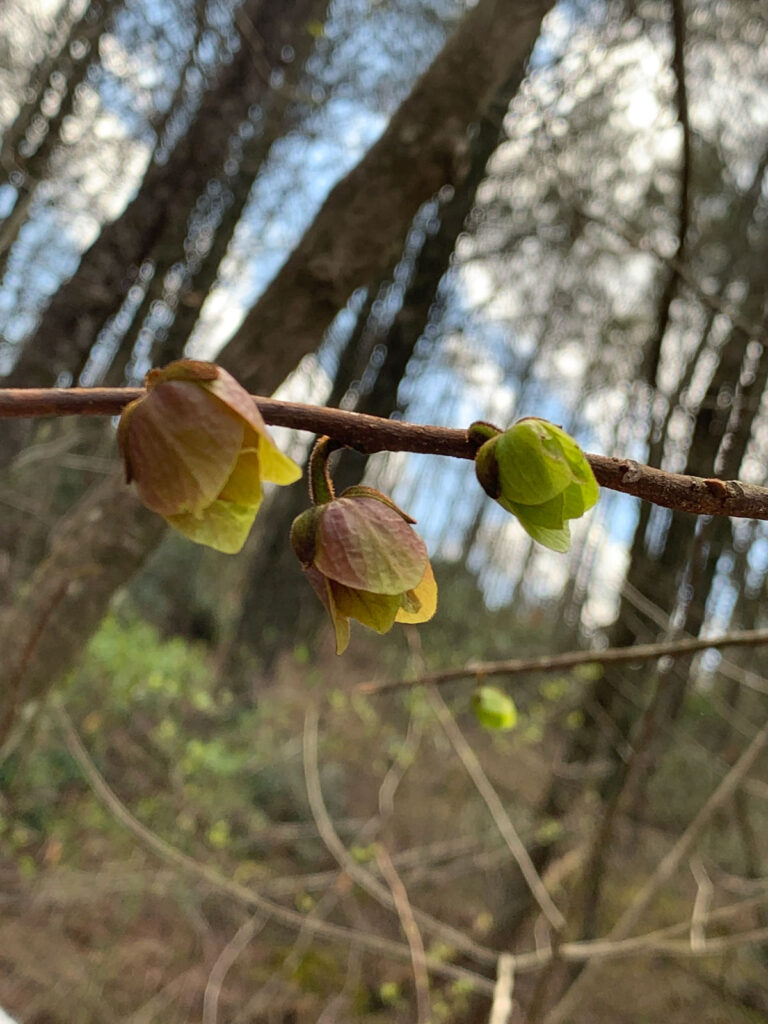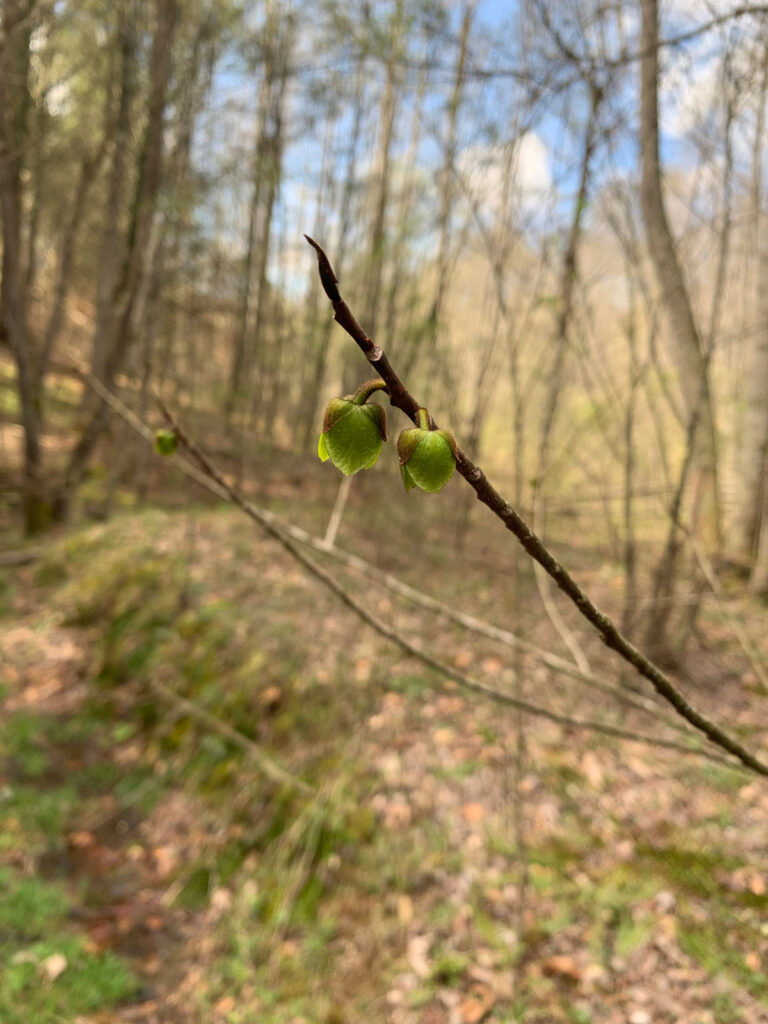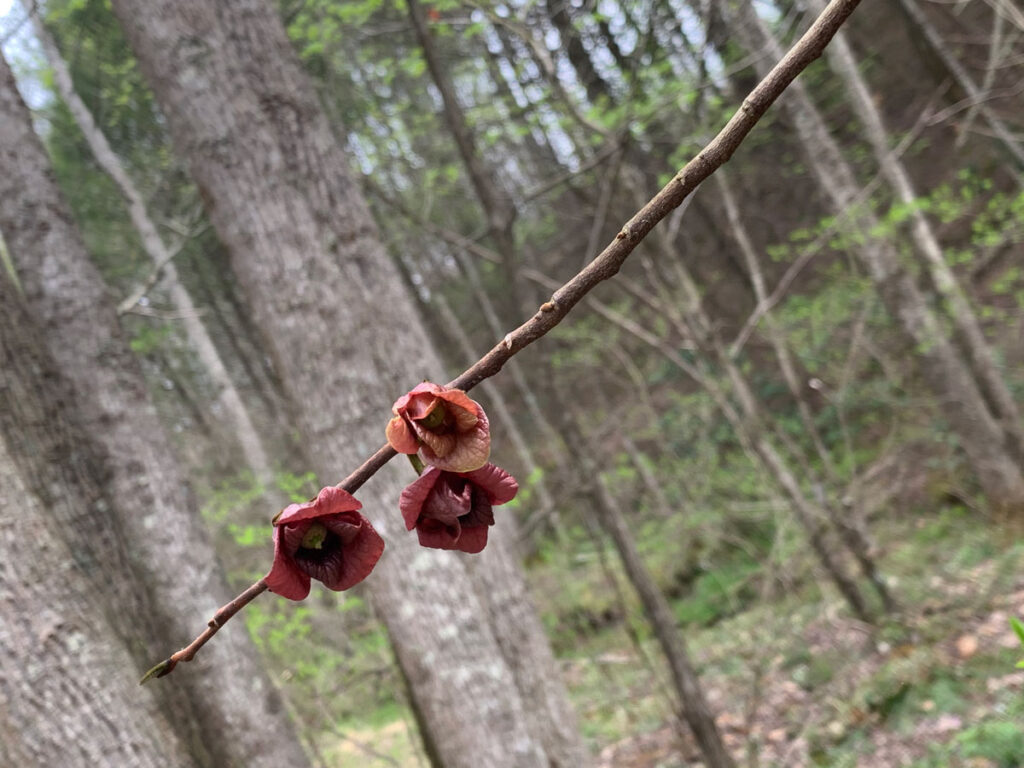Ah, the Pawpaw, kind of like a banana, but not quite, and smooshy. Personally I don’t like them straight up, but they work in ice cream, and pawpaw bread. De-seeding is a bit of a task though.
It’s possible the pawpaw got its common name from the fruit’s similarity to the papaya. The bark, leaves, and fruit contain the insecticidal neurotoxin, annonacin, however the fruit is edible, I guess that’s people we’re not insects. That does make it a problem for pollination however. The flowers don’t have much of a scent, and what they do have, has been compared to rotting meat. Yum! Therefore a typical pollinator for the pawpaw are blowflies or carrion beetles.
I read (in Wikipedia) that “the tough, fibrous inner bark of the pawpaw was used by Native Americans and settlers in the Midwest for making ropes, fishing nets, and mats, and for stringing fish.” Fascinating! Sounds almost like flax.
Alternate Names: custard-apple, cherimoya, sweetsop, soursop Size: Can reach 15-30 feet tall Family: Annonaceae Habitat: Medium to wet, well-drained soil in full sun to part shade. Prefers moist, acidic, fertile soils. You'll often find them on wooded slopes, ravines, and near streams. Identifiers: Often spreads by root suckers to form colonies or thickets. Large, slightly drooping, elliptical, medium green leaves (6-12" long). In late fall leaves can turn to a bright or bland yellow. Flowers start green and become purple, like a bell hanging off the branch. In early autumn the oblong fat yellowish green fruits mature into a dark brown color at which point they are edible.














